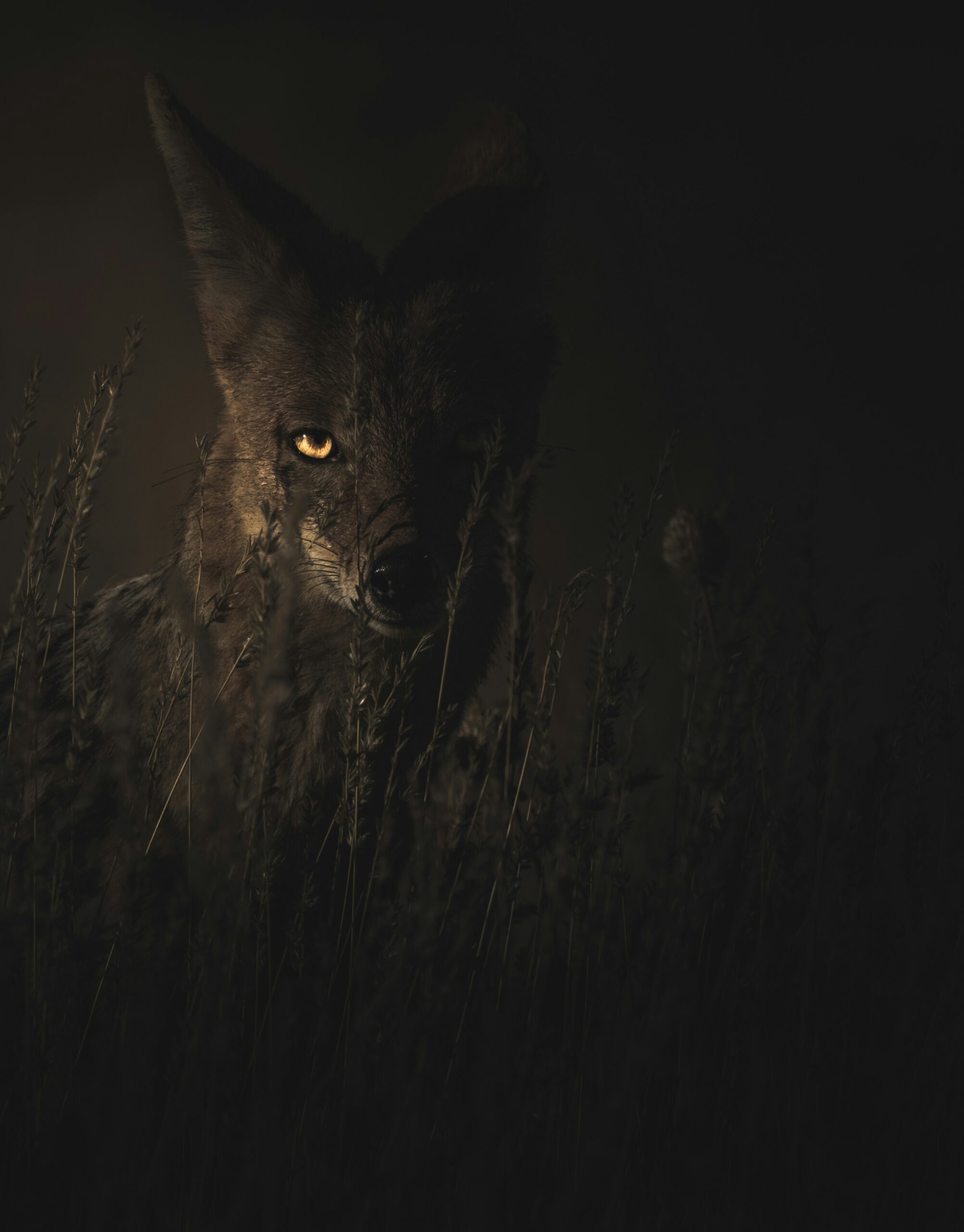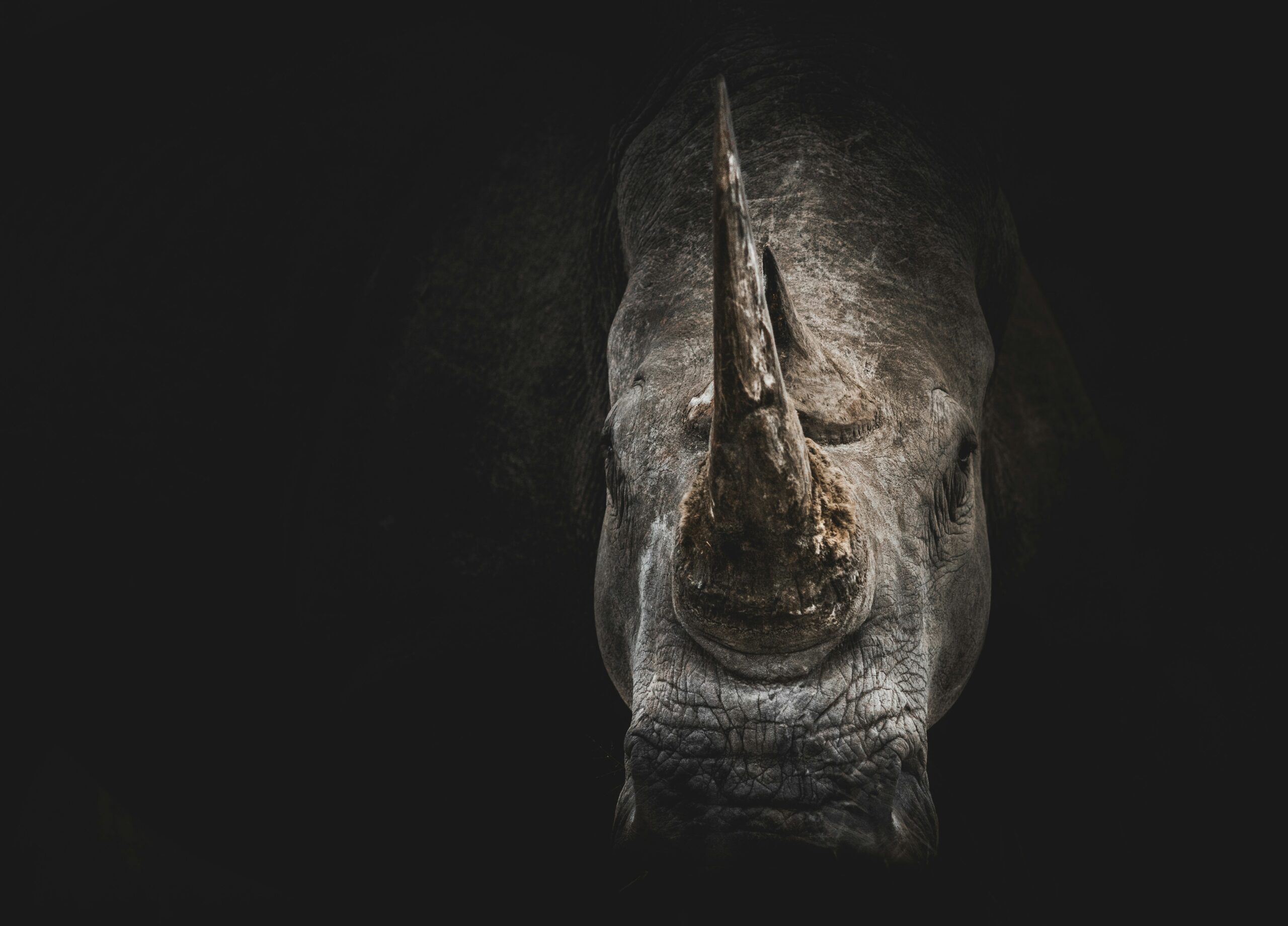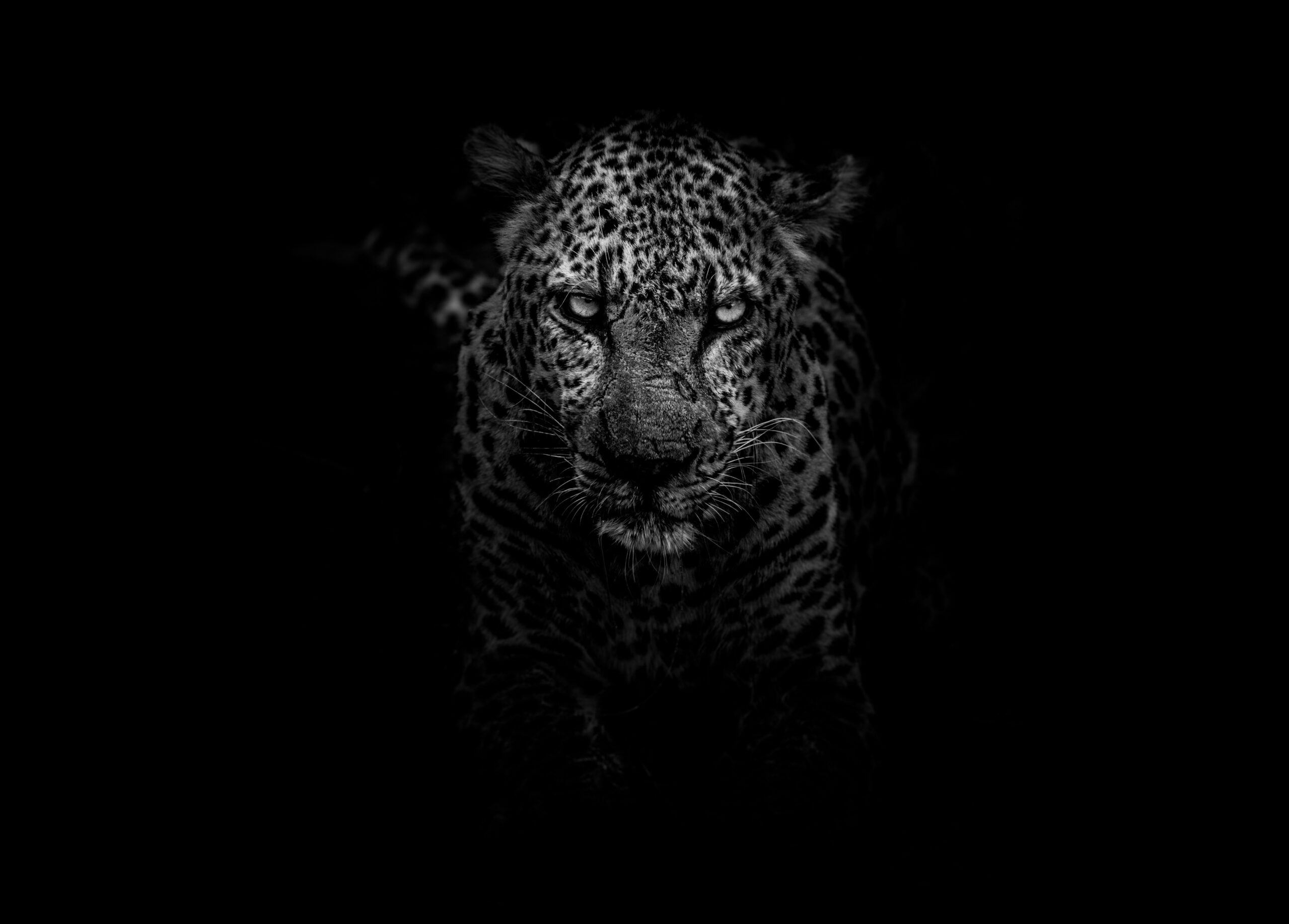Have you ever wondered about the various applications of a monocular? Well, look no further! In this article, we will explore the myriad of uses for this handy optical device. From outdoor enthusiasts and wildlife observers to hikers and birdwatchers, a monocular can be a versatile tool. Whether you’re capturing stunning vistas, getting a closer look at distant objects, or simply enhancing your viewing experience, a monocular can provide you with a whole new perspective. So, let’s dive right in and discover the uses of a monocular that can add a touch of excitement and clarity to your outdoor adventures.
Understanding Monoculars
Monoculars are compact, single-lens optical devices that provide a magnified view of distant objects. They are similar to binoculars but consist of only one eyepiece. Monoculars are often favored for their portability and ease of use, making them a versatile tool for various activities and industries. Whether you are an avid outdoor enthusiast, a wildlife observer, a photographer, or even involved in surveillance operations, a monocular can be a valuable addition to your gear.
Definition of a Monocular
A monocular, as the name suggests, is a single-lens optical device that allows you to see objects at a distance. It consists of an objective lens, an eyepiece, and sometimes additional features like zoom or image stabilization technology. The objective lens collects light and focuses it onto the eyepiece, which magnifies the image for comfortable viewing. Monoculars can have different magnification powers and field of view, providing various options to suit different needs and activities.

Working Principle of a Monocular
The working principle of a monocular is straightforward. When you look through the eyepiece, the objective lens gathers light from the object you are observing and focuses it onto a small area in front of the eyepiece. This creates a magnified image that appears closer and larger than it actually is. The eyepiece then further magnifies the image for comfortable viewing. Through this simple optical process, monoculars allow you to see details of distant objects with clarity and precision.
Types of Monoculars in the Market
In the market, you can find a wide range of monoculars suited for different purposes. Some monoculars offer high magnification for subjects that are far away, while others provide a wider field of view for observing moving objects or panoramic landscapes. Additionally, there are specialized monoculars that are designed with specific features like night vision capabilities or image stabilization technology. By understanding the different types of monoculars available, you can select the one that best suits your needs.

Hunting and Wildlife Observation
Using a Monocular for Hunting
For hunters, using a monocular can greatly enhance their chances of spotting game and assessing their surroundings. The lightweight and compact nature of monoculars make them easy to carry during long hunting expeditions. With a monocular in hand, you can quickly scan the area for potential game, observing their movement patterns and identifying their species. Additionally, monoculars with advanced features like low-light capabilities or camouflage designs can be particularly useful for hunting in dimly lit conditions or blending in with the environment.
Tracking and Spotting Animals with a Monocular
When tracking or spotting animals in the wild, a monocular can provide the necessary magnification to observe their behavior without disturbing their natural habitat. By using a monocular, you can keep a safe distance while still enjoying a detailed view of the animal’s movements, feeding habits, or interactions with other wildlife. This is of utmost importance to wildlife researchers and nature enthusiasts who aim to study and appreciate animals in their natural environments without causing any disruptions.
Balancing Magnification and Field of View for Wildlife Observation
When selecting a monocular for wildlife observation, it is essential to strike a balance between magnification power and field of view. Higher magnification allows for detailed observations of distant animals, whereas a wider field of view enables you to observe multiple subjects or sweeping landscapes. Depending on your specific needs, you may opt for a monocular with higher magnification for precise details, or a wider field of view for tracking fast-moving wildlife or taking in the beauty of expansive habitats.
Bird Watching
Advantages of a Monocular for Bird Watching
Bird watchers can greatly benefit from using monoculars due to their lightweight and portable design. Compared to binoculars, monoculars are easier to carry, making long walks or hikes more comfortable. Additionally, monoculars offer the advantage of instant single-handed use, providing bird watchers the flexibility to quickly focus on moving birds or follow their flight paths. With a monocular, you can observe birds in their natural habitats and appreciate their beauty and behaviors with ease.
Choosing the Right Magnification
When it comes to bird watching, choosing the right magnification is crucial. While higher magnification can bring the birds closer and reveal intricate details, it can also narrow the field of view, making it challenging to track fast-flying birds. Lower magnification, on the other hand, provides a wider field of view, but may not offer the same level of detail. Bird watchers often prefer monoculars with a moderate magnification range, such as 8x or 10x, to strike a balance between clarity and field of view.
An Introduction to Focus-Free Monoculars
Focus-free monoculars are a popular choice among bird watchers due to their convenient design. Unlike traditional monoculars that require manual focus adjustment, focus-free monoculars have a fixed focus that eliminates the need for fine-tuning. This feature allows bird watchers to quickly spot and follow birds in motion without losing focus. Focus-free monoculars are particularly useful when observing birds in flight or in densely vegetated areas, where rapid changes in focus are often required.

Star Gazing and Astronomy
Using a Monocular for Astronomy
Monoculars can be a valuable tool for amateur astronomers and stargazers. Their compact size and ease of use make them convenient for taking along on outdoor stargazing sessions. Monoculars with higher magnification provide the ability to observe celestial objects, such as the moon, planets, star clusters, and even certain galaxies, with more detail. Whether you are a beginner or an experienced astronomer, a monocular can enhance your astronomical observations and deepen your appreciation of the night sky.
Choosing the Right Monocular for Star Gazing
When choosing a monocular for star gazing, it is important to consider factors such as aperture size, magnification power, and the ability to attach to a tripod. Larger aperture sizes allow for better light gathering, resulting in brighter and clearer images of celestial objects. Higher magnification is also desirable for observing fine details on the moon or planets. Additionally, monoculars that are tripod-mountable provide stability, reducing hand tremors and allowing for longer, more comfortable stargazing sessions.
Advantages and Disadvantages of Monoculars in Astronomy
While monoculars offer certain advantages for astronomy, such as portability and ease of use, they also have a few limitations. Compared to telescopes, monoculars typically have smaller apertures, limiting their light-gathering capabilities. This means that they may not reveal fainter celestial objects as effectively. Additionally, monoculars with higher magnification can be challenging to hold steady by hand, resulting in image shake. However, with practice and the right techniques, monoculars can still provide rewarding astronomical observations.
Sporting Events and Concerts
Benefits of a Monocular at Concerts or Sports Events
Attending concerts or sports events can often mean being seated far away from the main action. In such situations, a monocular can be a game-changer, allowing you to get a closer look and enjoy the event in more detail. With a monocular, you can zoom in and capture facial expressions of performers or athletes, read scoreboard information from a distance, or focus on specific moments that catch your attention. A monocular enhances the overall experience and ensures you don’t miss any memorable moments.
How to Use a Monocular in Crowded Environments
Using a monocular in crowded environments requires some consideration and conscious practices. Firstly, it’s important to be mindful of the people around you and avoid obstructing their view when using a monocular. Secondly, it can be helpful to find a stable spot or lean against a wall or railing to minimize any hand shake and ensure a steady image. Additionally, adjusting the magnification to a level that allows you to comfortably observe the action without losing track of the overall atmosphere is key.
Considerations When Using a Monocular in Low-Light Situations
In low-light situations, such as nighttime concerts or evening sports events, using a monocular can be particularly advantageous. To make the most out of your monocular in such conditions, consider models that offer low-light capabilities or feature image stabilization technology. These features help to minimize image shake and maintain image clarity even in dimly lit environments. Additionally, it can be helpful to practice using the monocular beforehand to adjust to the reduced visibility and optimize your viewing experience.
Photography and Videography
Using a Monocular for Photography
Monoculars can serve as valuable tools for photographers looking to capture distant subjects or unique perspectives. By attaching a monocular to a camera or smartphone, photographers can achieve a higher level of magnification and detail, which may not be possible with traditional lenses alone. Whether photographing wildlife, landscapes, or architecture, a monocular can provide photographers with a fresh creative angle and the ability to capture moments that would otherwise be difficult to reach.
Monoculars in Filmmaking and Videography
In the field of filmmaking and videography, monoculars can be utilized to add a sense of depth and bring distant objects into focus. By incorporating shots taken through a monocular, filmmakers can create visually captivating scenes that capture the attention of the audience. Whether used in documentaries, nature films, or artistic productions, monoculars offer a unique perspective and contribute to the overall visual storytelling of a video project.
Advantages of Monoculars in the Field of Photography
The advantages of using a monocular in the field of photography are numerous. Firstly, monoculars provide greater reach, allowing photographers to capture subjects that are far away or difficult to approach physically. Secondly, they offer the advantage of portability, enabling photographers to travel light and still achieve impressive magnification. Finally, the versatility of monoculars to attach to cameras or smartphones expands the creative possibilities for photographers, allowing them to experiment and explore new genres and styles.
Hiking and Outdoor Activities
Carrying a Monocular on a Hike
When embarking on a hike, carrying a monocular can significantly enhance your outdoor experience. Their compact and lightweight design make them easy to pack and carry, adding minimal weight to your gear. With a monocular by your side, you can easily spot interesting wildlife, identify distant landmarks, or observe natural phenomena along the trail. A monocular allows you to immerse yourself in nature and appreciate the intricacies of the environment with enhanced clarity.
Better Sightseeing with a Monocular
Whether exploring a new city or admiring natural wonders, having a monocular handy can elevate your sightseeing experience. With a monocular, you can zoom in and observe architectural details, distant landscapes, or prominent landmarks with greater precision. Additionally, monoculars can be particularly useful when visiting locations with restricted access or viewing platforms, enabling you to still enjoy a closer view without compromising safety or trespassing boundaries.
Necessity of Monoculars in Adventure Sports
Adventure sports enthusiasts can greatly benefit from carrying a monocular during their expeditions. Activities like mountaineering, rock climbing, or backcountry skiing often involve encountering breathtaking landscapes and remote environments. A monocular provides adventurers with a tool to identify potential hazards from a distance, scout out safe routes, or simply appreciate the grandeur of their surroundings. The durability and water-resistant capabilities of certain monoculars make them suitable for rugged outdoor activities.
Surveillance and Security
Use of Monoculars in Security Operations
The use of monoculars in security operations is widespread and highly beneficial. Security personnel rely on monoculars to observe individuals or areas from a safe distance, gathering vital information without arousing suspicion. Monoculars with infrared or night vision capabilities are particularly useful for surveillance operations conducted during low-light conditions. When it comes to ensuring public safety or protecting critical infrastructure, monoculars play a crucial role in enabling efficient and discreet monitoring.
Selecting a Monocular for Surveillance
Selecting the right monocular for surveillance requires consideration of specific features and functionalities. In addition to high magnification capabilities, monoculars for surveillance often feature long eye relief, which allows for comfortable and extended viewing without straining the eyes. Other desired features may include image stabilization technology to minimize handheld shake and the ability to record or document observations. These factors, along with considerations for the location, lighting conditions, and range requirements, contribute to an effective choice for surveillance purposes.
Advantages of Monoculars over Other Viewing Devices in Security
Compared to binoculars or telescopes, monoculars offer unique advantages in the field of security. Their compact size and lightweight nature make them easy to carry and conceal, ensuring the element of surprise and discretion during surveillance operations. Monoculars also provide the advantage of single-handed use, allowing security personnel to have one hand free for other tasks while maintaining continuous monitoring. Additionally, the ability to attach monoculars to tripods or stabilization devices provides stability during prolonged surveillance, reducing the risk of fatigue and image shake.
Sailing and Water Sports
Waterproof and Fog-Proof Monoculars
When engaging in sailing or any water sports activities, it is essential to use monoculars that are designed to withstand water exposure and challenging weather conditions. Waterproof and fog-proof monoculars provide peace of mind, allowing you to safely observe and navigate through marine environments. These monoculars are often sealed with O-rings and filled with nitrogen or argon gas, preventing water intrusion and minimizing fogging caused by temperature fluctuations. With a waterproof and fog-proof monocular, you can focus on enjoying your water activities without worrying about equipment damage or condensation.
Usage of Monoculars in Sailing
Sailing enthusiasts can greatly benefit from using monoculars as navigational aids and tools for situational awareness. Monoculars enable sailors to spot buoys, rocks, or other vessels from a distance, helping to ensure safe passage on the water. They also provide a closer look at navigational marks, allowing sailors to confirm their positions or identify potential hazards in unfamiliar waters. With the aid of a monocular, sailors can make informed decisions and navigate with precision, making their sailing journeys safer and more enjoyable.
Monoculars in Other Water Sports
Monoculars have a wide range of applications in various water sports beyond sailing. Whether you are participating in kayaking, paddleboarding, or snorkeling, a monocular can add excitement and exploration to your activities. By utilizing a waterproof and compact monocular, you can observe marine life beneath the water’s surface, examine interesting rock formations, or scout out potential routes through the water. Monoculars open up a magical underwater world, allowing you to appreciate its beauty and engage with the environment in a unique way.
Therapeutic Uses of a Monocular
Low Vision Aids and the Monocular
For individuals with low vision, monoculars can serve as valuable aids, enhancing their visual capabilities and improving their daily lives. With the ability to magnify distant objects, monoculars can help individuals with low vision to read signs, labels, or distant text. Monoculars can also aid in recognizing faces, identifying objects from a distance, or participating in activities that may require a clearer view. By incorporating monoculars into their routines, individuals with low vision can regain a sense of independence and engage more fully in their surroundings.
Use of Monoculars in Physical Therapy
Physical therapy often involves exercises to improve coordination, balance, and visual tracking skills. Monoculars can be incorporated into these therapy sessions to enhance visual tracking and eye-hand coordination. By having patients track objects with a monocular, therapists can help strengthen visual processing skills, improve depth perception, and increase spatial awareness. Monoculars serve as engaging tools that add an element of fun to therapy sessions while promoting visual-motor integration and cognitive development.
Monoculars as a Tool in Medical Examinations
Monoculars find applications in various medical specialties, offering assistance in conducting detailed examinations and procedures. Ophthalmologists can utilize monoculars to examine the eyes and optic nerves more closely, aiding in the diagnosis and management of ocular conditions. Surgeons may use monoculars during minimally invasive procedures to provide a magnified view of the surgical site, enhancing precision and accuracy. Dentists can also benefit from monoculars by obtaining a clear view of deep into the oral cavity, allowing for accurate diagnoses and effective treatment planning.
In conclusion, monoculars are versatile tools that find applications in numerous fields and activities. From wildlife observation to photography, from security operations to outdoor adventures, monoculars offer valuable benefits such as enhanced magnification, portability, ease of use, and the ability to provide detailed views of distant objects. No matter your interests or profession, there is undoubtedly a monocular suited to meet your specific needs. Explore the world through a monocular lens and uncover a new level of clarity, detail, and wonder.
